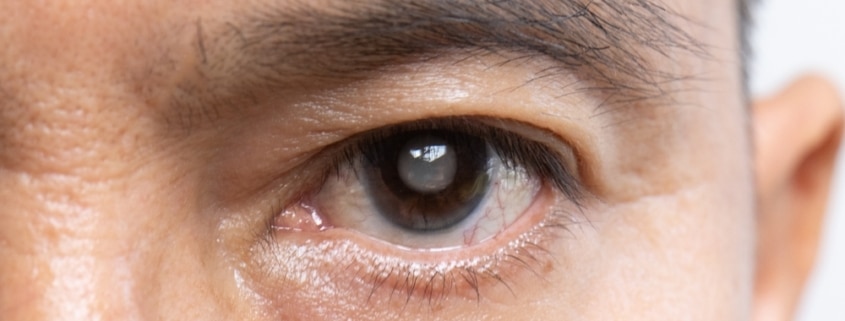Eye Pressure And Vision: The Role Of Glaucoma Testing
Glaucoma is one of the leading causes of vision loss worldwide, often developing slowly and without noticeable symptoms in its early stages. At Maehara Eye Surgery & Laser, eye health expertise runs deep.
The clinic was founded over 30 years ago by Dr. Dennis Maehara and is now led by his son, Dr. Jeffrey Maehara, a board-certified ophthalmologist and fellowship-trained Anterior Segment–Glaucoma Specialist. Dr. Maehara also practices preventive and integrative medicine, combining advanced eye care with a whole-person approach to wellness.
Regular glaucoma testing can detect changes early, giving patients the best opportunity to preserve their vision and maintain lifelong eye health.
What Is Glaucoma?
Glaucoma is a serious eye disease that affects the optic nerve, most often as a result of elevated pressure within the eye. This increase in intraocular pressure occurs when the eye’s natural drainage system becomes blocked or slows down, allowing fluid to accumulate. Without proper treatment, increased pressure can harm the optic nerve and result in lasting vision damage. Although glaucoma can develop in anyone, it is more frequently seen in adults over 40, individuals with a family history of the condition, and those managing health concerns such as diabetes.
How Eye Pressure Affects Vision
Eye pressure plays a key role in maintaining the shape and function of the eye. However, when that pressure rises above a healthy range, it can begin to compress the optic nerve. This gradual pressure damages the nerve fibers that transmit visual information to the brain.
Even those with normal eye pressure can develop glaucoma, so consistent monitoring through professional testing is essential.
What To Expect During Glaucoma Testing
Glaucoma testing is a painless and quick process that helps identify early signs of the disease before symptoms appear. Common parts of the exam include:
- Tonometry: Measures the pressure inside the eye.
- Visual field testing: Detects changes in peripheral (side) vision.
- Optic nerve imaging: Uses advanced technology to look for early nerve damage.
- Pachymetry: Measures corneal thickness, which can affect pressure readings.
These tests help eye care professionals assess risk, detect glaucoma early, and determine the most effective treatment plan.
How Often Should You Be Getting Glaucoma Testing?
The frequency of glaucoma testing depends on factors such as age, family history, and overall eye health. Most adults should have a comprehensive eye exam every one to two years, but those at higher risk, including individuals over 40, people with diabetes, or anyone with a family history of glaucoma, may need more frequent testing.
Prioritize Your Vision With Local Eye Exams In Honolulu, HI
Regular vision screenings are an important step in safeguarding eye health. Regular glaucoma testing helps detect problems early so treatment can begin before vision loss occurs.
To protect your eyesight for the future, schedule your glaucoma testing appointment in Honolulu today by calling 808-955-3937. Your vision deserves the care and attention that only consistent, professional eye exams can provide.


